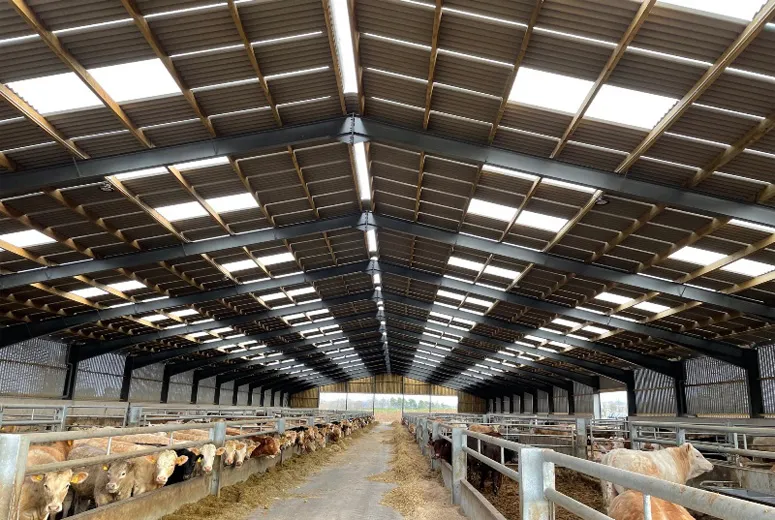- Afrikaans
- Albanian
- Amharic
- Arabic
- Armenian
- Azerbaijani
- Basque
- Belarusian
- Bengali
- Bosnian
- Bulgarian
- Catalan
- Cebuano
- Corsican
- Croatian
- Czech
- Danish
- Dutch
- English
- Esperanto
- Estonian
- Finnish
- French
- Frisian
- Galician
- Georgian
- German
- Greek
- Gujarati
- Haitian Creole
- hausa
- hawaiian
- Hebrew
- Hindi
- Miao
- Hungarian
- Icelandic
- igbo
- Indonesian
- irish
- Italian
- Japanese
- Javanese
- Kannada
- kazakh
- Khmer
- Rwandese
- Korean
- Kurdish
- Kyrgyz
- Lao
- Latin
- Latvian
- Lithuanian
- Luxembourgish
- Macedonian
- Malgashi
- Malay
- Malayalam
- Maltese
- Maori
- Marathi
- Mongolian
- Myanmar
- Nepali
- Norwegian
- Norwegian
- Occitan
- Pashto
- Persian
- Polish
- Portuguese
- Punjabi
- Romanian
- Russian
- Samoan
- Scottish Gaelic
- Serbian
- Sesotho
- Shona
- Sindhi
- Sinhala
- Slovak
- Slovenian
- Somali
- Spanish
- Sundanese
- Swahili
- Swedish
- Tagalog
- Tajik
- Tamil
- Tatar
- Telugu
- Thai
- Turkish
- Turkmen
- Ukrainian
- Urdu
- Uighur
- Uzbek
- Vietnamese
- Welsh
- Bantu
- Yiddish
- Yoruba
- Zulu
Nov . 30, 2024 05:04 Back to list
Insulating a Steel Building Enhancing Comfort and Efficiency
Insulating a steel building is a critical aspect of construction and renovation that significantly affects energy efficiency, comfort, and the overall lifespan of the structure. While steel buildings offer many advantages—such as durability, strength, and design flexibility—insulation can mitigate some of the inherent challenges posed by metal structures, particularly regarding temperature regulation and condensation control.
Understanding the Importance of Insulation
Steel is an excellent conductor of heat, which means that without proper insulation, a steel building can undergo rapid temperature fluctuations. In cold weather, heat can escape through the metal, making the interior feel colder and increasing heating costs. Conversely, in hot weather, the sun heats the steel, creating an uncomfortable and potentially hazardous environment inside. Insulation serves as a barrier that helps maintain a stable internal temperature, thereby reducing the need for extensive heating or cooling systems and lowering energy bills.
Moreover, insulation plays a crucial role in controlling condensation. When warm, moist air inside a steel building comes into contact with the cold surface of the steel, it can lead to condensation, which may result in mold growth, structural damage, and deterioration of stored materials. Proper insulation minimizes this risk by maintaining a temperature differential that prevents the moist air from cooling too quickly.
Types of Insulation for Steel Buildings
There are several insulation options available for steel buildings, each with its own advantages and disadvantages
. Common types include1. Fiberglass Insulation This material consists of fine glass fibers and is widely used due to its affordability and effectiveness. It is available in batts and rolls, making it easy to install within wall cavities. However, fiberglass can absorb moisture if not properly sealed, which may affect its insulating properties.
insulating a steel building

2. Foam Board Insulation Rigid foam boards provide excellent thermal resistance and are often used in exterior applications. They’re lightweight, easy to handle, and can be cut to fit various spaces. Their moisture resistance makes them a popular choice for steel buildings, particularly in humid environments.
3. Spray Foam Insulation Offering seamless coverage and superior air sealing, spray foam expands upon application to fill gaps and cracks, providing both insulation and moisture control. This type of insulation is particularly beneficial in complex spaces where traditional insulation might be difficult to install.
4. Reflective or Radiant Barrier Insulation This type of insulation reflects radiant heat rather than absorbing it. It's particularly useful in hot climates as it helps keep steel buildings cooler by mitigating heat gain from the sun.
Installation Considerations
When insulating a steel building, several factors must be considered to ensure optimal performance. Proper installation is crucial; gaps and seams can significantly reduce insulating effectiveness. It’s essential to create a continuous insulation envelope around the building to minimize thermal bridging, which occurs when heat flows through materials with high conductivity, such as steel.
Additionally, the choice of insulation materials may depend on the building’s intended use, local climate conditions, and building codes. Engaging with professionals who specialize in insulation and steel structures can help determine the most suitable options tailored to specific needs.
Conclusion
Insulating a steel building is an investment in comfort, efficiency, and longevity. Through effective insulation, building owners can enhance the structural integrity, minimize energy costs, and provide a pleasant environment for occupants. As energy efficiency becomes increasingly important in today's world, properly insulating steel buildings will undoubtedly play a crucial role in sustainable construction practices. By understanding the available options and proper installation techniques, individuals can maximize the benefits of insulation and enjoy the full advantages that steel buildings have to offer.
-
How Do Prefabricated Steel Structures Transform Modern Construction?
NewsJul.14,2025
-
How Do Prefabricated Metal Buildings Redefine Modern Construction?
NewsJul.14,2025
-
How Do Prefab Insulated Metal Buildings and Steel Structures Revolutionize Modern Construction?
NewsJul.14,2025
-
How Do Pre - Engineered Steel Structures Redefine Modern Construction?
NewsJul.14,2025
-
Advancing Modular Construction with Prefabricated Metal Structures
NewsJul.14,2025
-
Advancing Industrial Infrastructure with Prefabricated Steel Solutions
NewsJul.14,2025
Products categories
Our Latest News
We have a professional design team and an excellent production and construction team.












